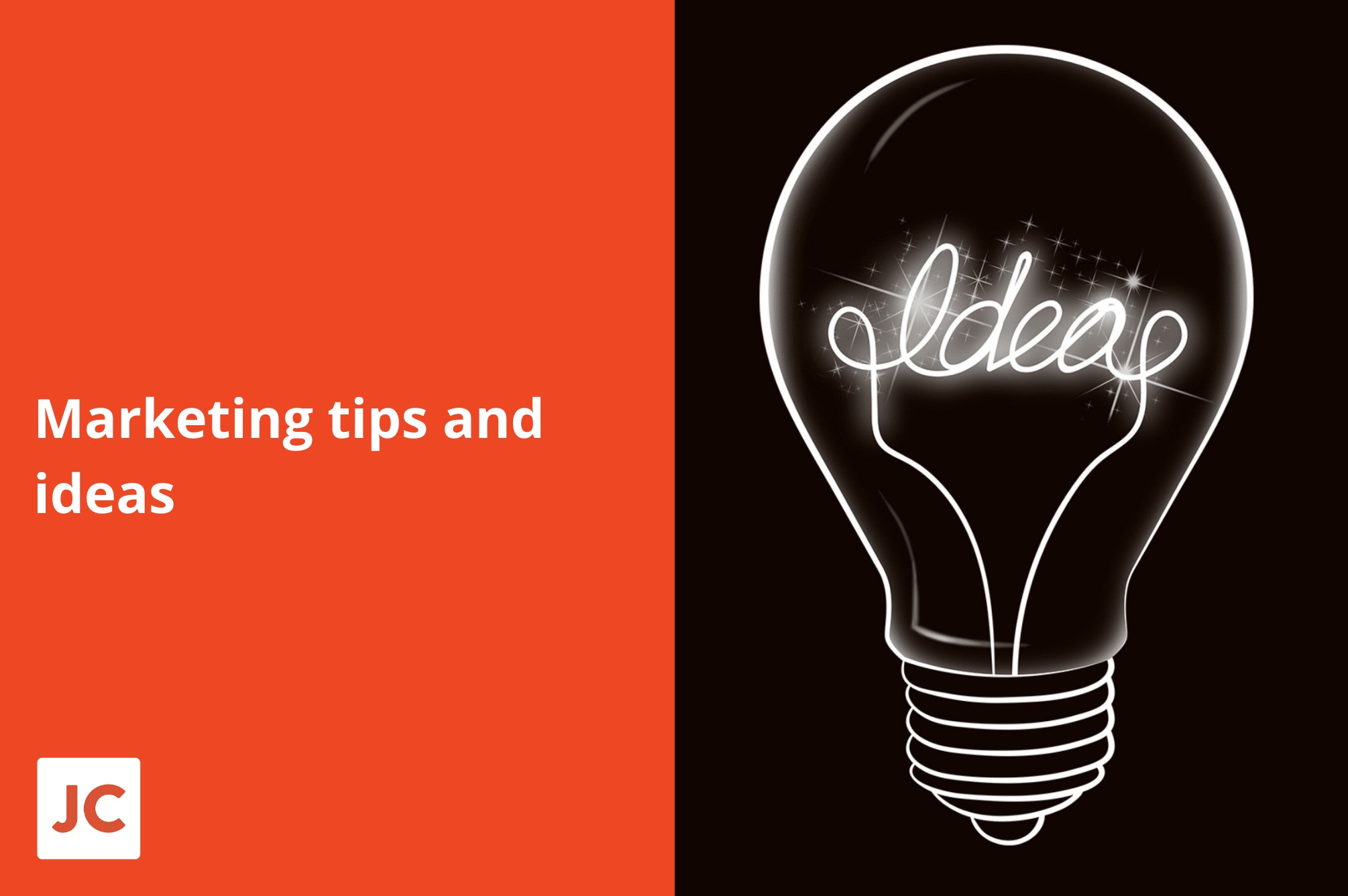
Image: Sarah Kilian
I made a couple of epic mistakes when I started out in business. Here they are, along with a powerful lesson that you may find useful.
I was prompted to write this after a talk I gave to a group of young entrepreneurs. One of them asked me a great question. They wanted to know; what was the most valuable lesson I learned, from my first year in business?
The answer was easy.
I remember it well.
Because it was so painful.
Sincerely wrong
My answer began with a quote from Jim Rohn:
“Sincerity is not a test of truth. We must not make this mistake: He must be right; he’s so sincere! That’s because, it’s possible to be sincerely wrong.”
I explained that during my first year as a business owner, I’d made 2 extremely bad decisions. I made them based on feedback from a couple of people I trusted. I was in my twenties at the time. They were 20 or 30 years older than me. They were also good, genuine and sincere people.
Making decisions based on their advice seemed sensible.
It wasn’t. Oh man. It really wasn’t!
One of those decisions lost me an amazing opportunity. Another cost me a fortune and almost left me broke. I quickly learned that I had to be a lot more discerning, regarding who I went to for important advice. It was around that time that I discovered the above quote from Jim Rohn.
From that point onward, I decided the best source of business advice was from people, who’d already achieved what I wanted to achieve. I’ve followed that rule ever since and have never once regretted it.
My original approach failed me in 2 important ways
Firstly, their geographical proximity to me was not a useful way to determine the value of their feedback. I rely on experts today, who are located all over the world.
Secondly, they were knowledgeable, but they were not entrepreneurs.
- One was the branch manager at the bank where I opened my first business account.
- The other was the practice manager at my accountant’s office.
They remained salaried employees for the remainder of their careers; never actually going into business for themselves. They operated from the employee mindset.
They saw risk in everything. They’d advise me against doing anything, unless there was a guarantee, in advance, of success.
Business doesn’t work like that.
In fact, life doesn’t work like that. And it never has. Otherwise no one would ever start a business, or get married, or start a family, or buy a new home, or travel the world or do anything. Success comes from minimising risk. Not from avoiding potential risk. Both of the people advising me were sincere. But the advice they were giving me, as Jim Rohn said, was sincerely wrong.
Who is currently influencing your decision making? That’s a question worth considering. Especially if your business isn’t making the progress you want or need.


















